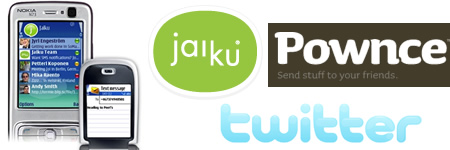
I just found out that I am being blackmailed into doing another blog. TxDLA (Texas Distance Learning Association) usually has a blog that goes along with their yearly conference. I’ve been asked the past couple of years to help out, but have managed to avoid even having to answer. Of course, when your manager is the one doing the asking, you can’t just forget to respond to the email. Or, in our case, the Google Talk IM. Yes – I am a whole 15 feet away from my manager and we still communicate by IM. All I have to say is, don’t ever say “no” to Harriet. See gives new meaning to the term “one tough Grandma.”
Okay, it as more like she said “Matt can you help” and I was like “sure, whatever.” Blackmail just makes for a more interesting blog post.
So, anyway – if you are planning to be at TxDLA 2008 (or just happen to be free the week after Spring Break), feel free to drop by my session. I’ll be doing a hands-on session about “Effective instructional design techniques in Moodle and Second Life.” Sounds fairly… ambitious… huh? It should be fun.
Even more ambitious than that is my presentation in June in Utah: “The Future of the Internet – Web 3.0 and 3-D Web.” That is at a smaller conference for a specific set of people, but I am also working on getting my ideas in this area published in a compilation. We’ll see how that goes.


